In Part 2 of my coverage on the Yamanobe no Michi hike, I explored the rest of the shrines and temples after Omiwa Jinja, all the way to Isonokami Jingu.
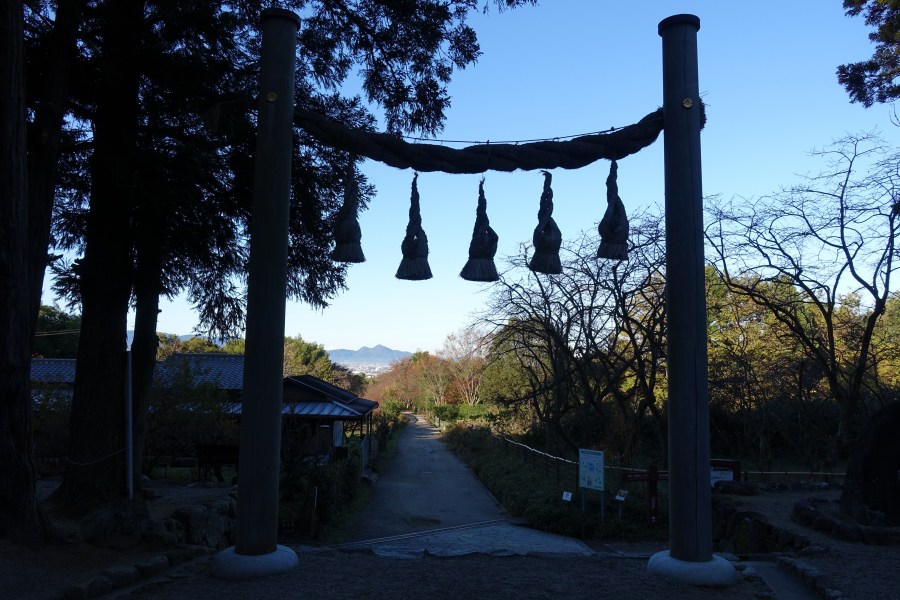


In Part 2 of my coverage on the Yamanobe no Michi hike, I explored the rest of the shrines and temples after Omiwa Jinja, all the way to Isonokami Jingu.

A pleasant hike from Omiwa Jinja to Isonokami Jingu along what is said to be Japan's oldest road - the Yamanobe no Michi which is mentioned in the Nihon Shoki.
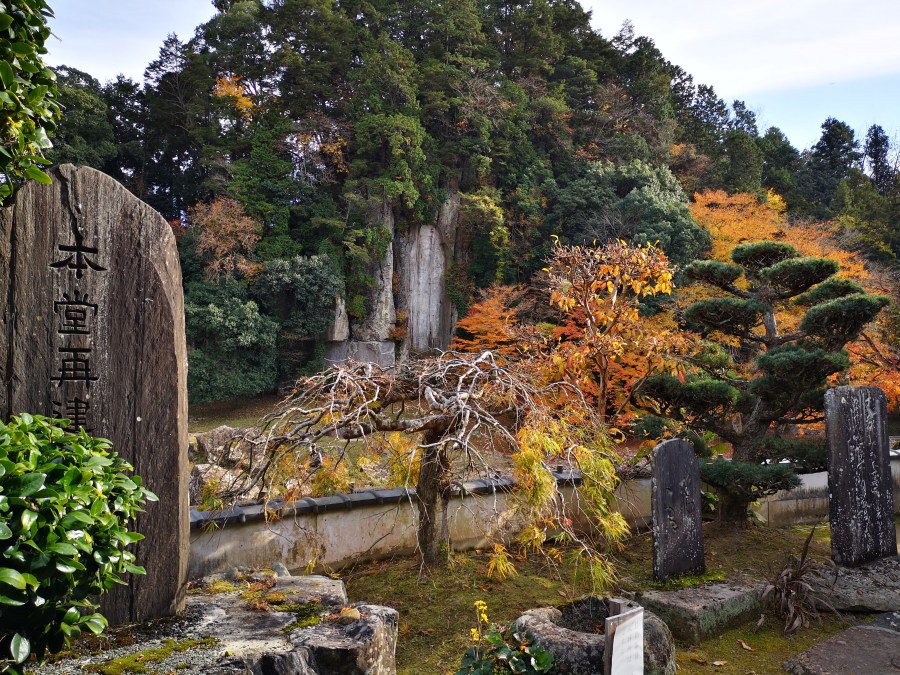
Stopping by Onoji temple on my way back from Muroji to see the giant Miroku Magaibutsu carving onto a cliff along the river of Udagawa. While popular during the cherry blossom season, the autumn delights in the temple is also not to be missed.

An unexpectedly quiet stroll in Kobe City's Sorakuen, a stroll-pond garden featuring a former houseboat decorated with rich lacquer. The former Hassam House relocated from Kitano-cho and an European-style stable is unique to this garden. A visit during the azalea or chrysanthemum season is highly recommended.

Awed by the Tozai Monjuzou group of statues worshipped in this shrine, centering on the Monju Bosatsu statue sculpted by the famous Kaikei, mounted on a lion. The birthplace of Abe no Seimei, the famous onmyouji of Japanese esoteric cosmology, the shichimairi experience in Ukimido Pavilion was one-of-a-kind.

Visiting the vast complex of Muroji located on Mount Muro in Uda, Nara Prefecture. Also known as Nyonin Koya (Women's Koyasan) due to its acceptance of woman worshippers back in the day when most temples forbade women, the temple is a popular spot for autumn chasers thanks to its fiery red maple leaves.

Leisurely strolling in Awaji Hanasajiki, a flower park with a backdrop of the Akashi Kaikyo Bridge and Osaka Bay. Different flowers can be enjoyed here throughout the seasons, and I was happy to be able to see the cosmos even though it was already the second half of November.
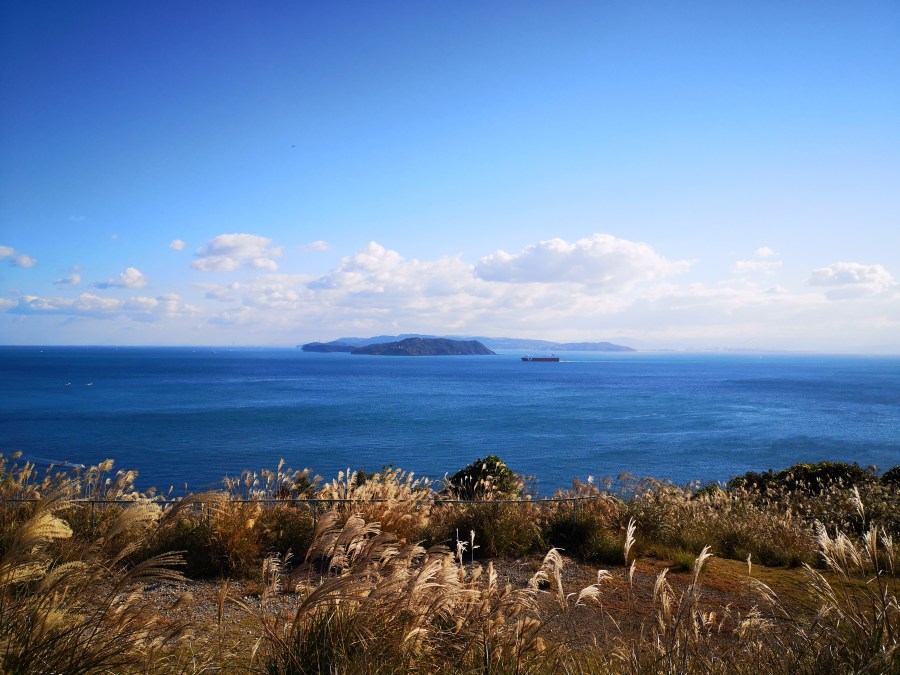
Oishi Park, the former site of Yura Fortress which was built to protect access to Osaka Bay through the Kitan Strait today offers a look at the remains of batteries. The observatories and lookout points from the park gives a great view of Osaka Bay, the Kitan Strait and the Tomogashima Islands nearby.
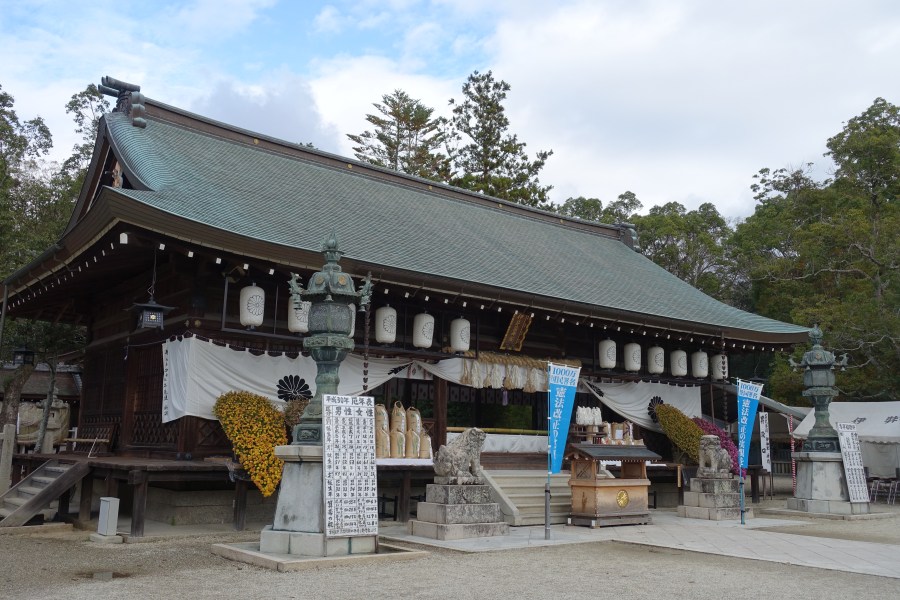
Visiting Izanagi Shrine, said to be the final resting place of the god Izanagi, who gave birth to the Japanese archipelago with Izanami. Located on Awajishima, the first island born during the kuniumi process, this shrine is also said to be the oldest shrine in Japan.
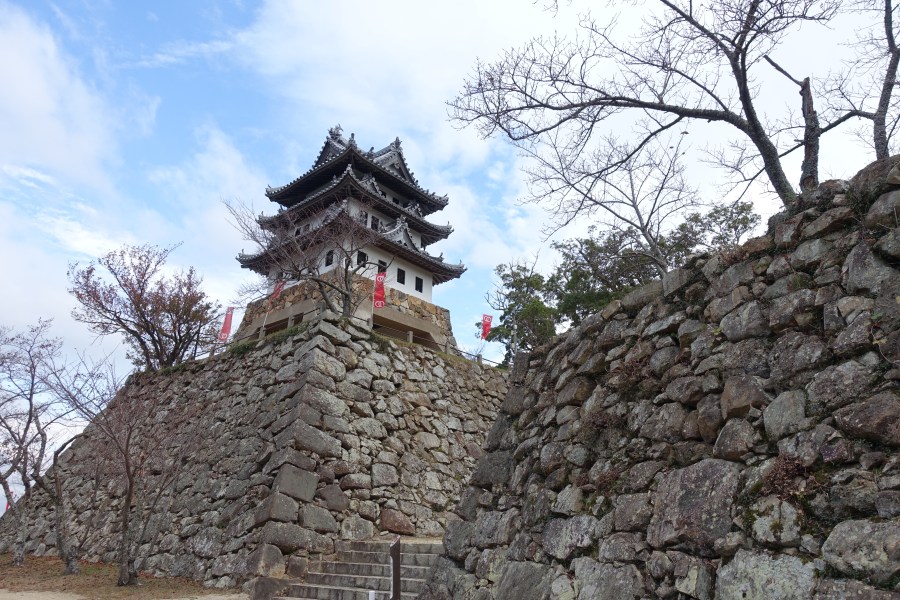
Sumoto Castle was a vital strategy for Toyotomi Hideyoshi's control over Osaka Bay, situated in Awajishima which is located in the strategic midpoint between the mainland and Shikoku Island. The tenshu seen today is the oldest reconstructed castle keep in Japan, built in 1928.
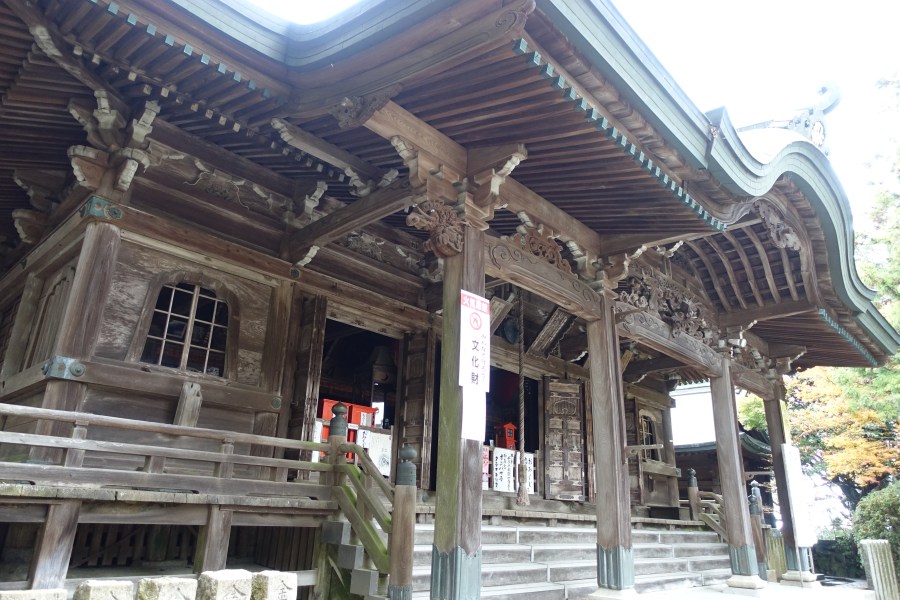
Located on top of Mount Senzan, said to be the first mountain created on Awajishima, Senkoji was said to be founded by a hunter who was led by a manifestation of Senjukannon (thousand-armed Kannon) in the form of a wild boar. Also serving as the first temple of the Thirteen Buddhas of Awajishima, the temple also worships Fudo Myo-o or Acala.